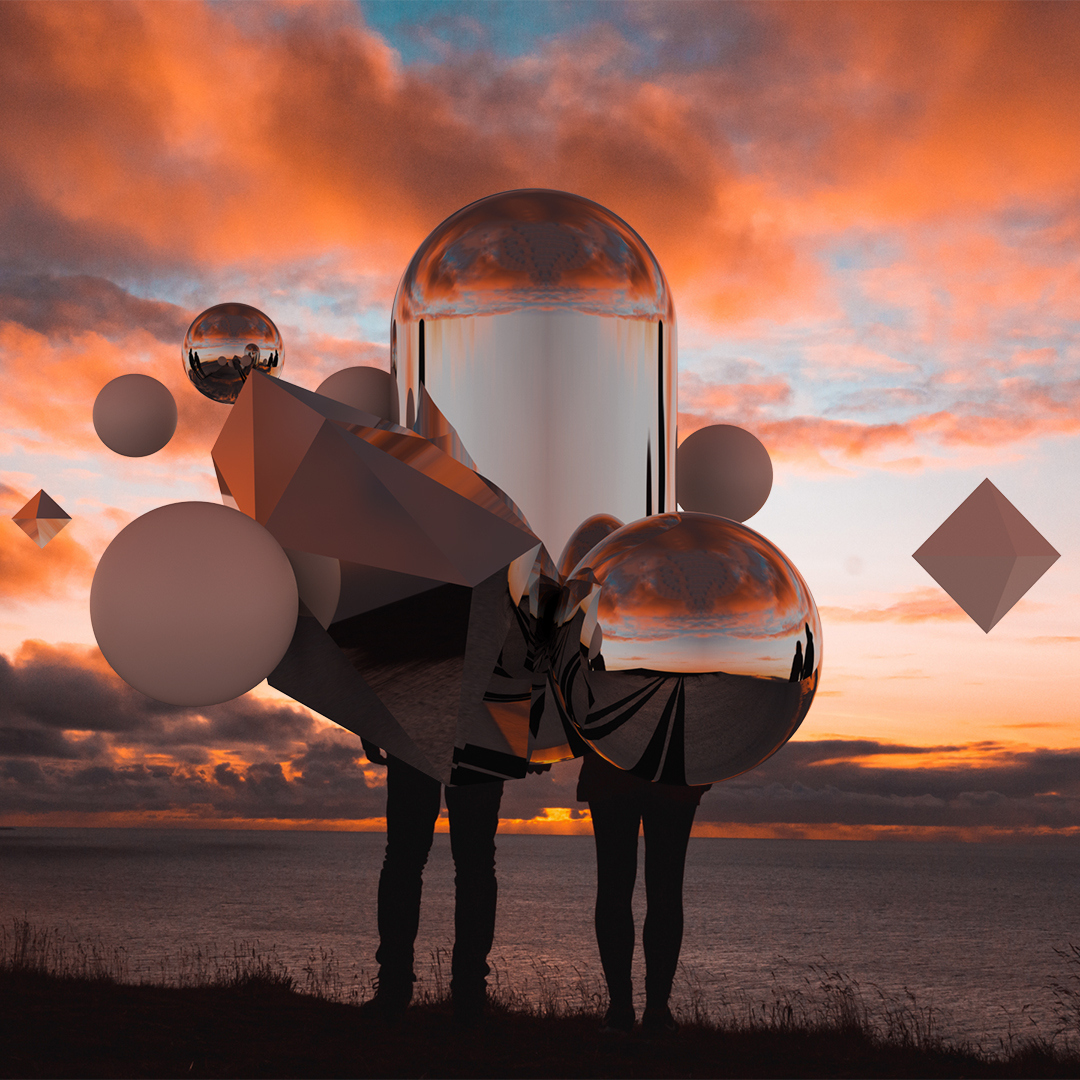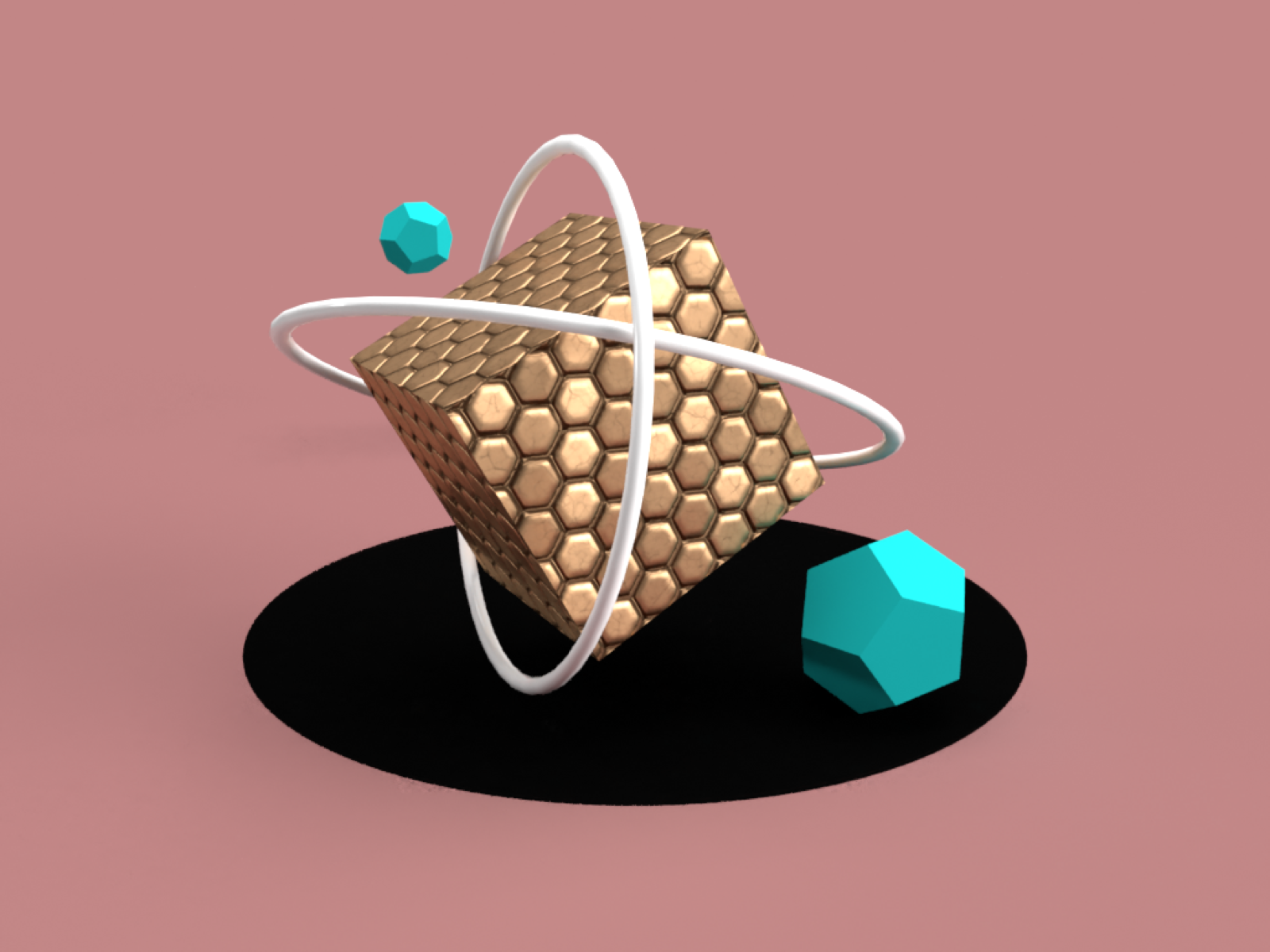

Each of these light sources play a unique role in lighting your scene. This is arguably the most important and commonly used lighting technique.Īs the name implies, this technique uses three light sources to illuminate your scene: key, rim and fill. From left to right: the key light, the rim light, and the fill light. Three-point lighting A basic example of a three-point light system. Depending on the mood and feel you want from your image, you may have to experiment and find what lighting setup works best for your scene. Using only direct sunlight looks very different than soft, indoor light setup. Placing a single light source in your scene, for example, results in dramatic shadows. Just like the real world, there are many different types of lighting techniques that can create various effects.


The different types of lighting techniques Later, I'll show you how I achieved specific lighting effects for this image in Adobe Dimension. We'll use this image to examine the different types of lighting and how you apply them in 3D.
ADOBE DIMENSION ART MANUAL
(If you're just hearing about it or stepping into 3D for the first time, start with this beginner's tutorial.) Dimension offers default lighting set-ups for your 3D work, but today we'll be focused on manual methods to create your own lighting.īeing super inspired by the recent SpaceX launch, I wanted to create a simple scene with some sci-fi and space themes.

If you're not familiar already from our other articles, Dimension is Adobe's 3D scene design tool paving the way for designers and traditional graphic designers into the 3D world.
ADOBE DIMENSION ART SERIES
Setting the sceneįirst, let's take a look at a series of images that I created using Adobe Dimension. We will show you how you can get dramatically different results just from changing the placement of your light sources, and how you'll significantly improve the quality of your 3D work with purposeful, detailed lighting. With this article, we'll share examples of various lighting techniques and give you general principles you can use in your own compositions. It all plays together to make a striking, believable image that resonates. Like photography, the right lighting as well as a keen awareness of your subject and composition are important. Since our goal with 3D is to reflect the real world, some of the same principles we use for photography apply to 3D. Rather, your entire scene is centered around it. It's why it's impossible to leave lighting for last when setting up a 3D scene. The right lighting can set a mood, influence perception and evoke emotion. Light is the essence of how we see and visually experience the world. A cinematic 3D scene created using Adobe DimensionĬonsider the fact that, when making an animated movie, it's usually someone's full-time job to focus only on lighting. The nuanced beauty of light that we experience every day, that takes effort and attention to perfect in 3D. The difference between direct overhead light and infused light from a window. The difference between your standard 3D graphic and an image so cinematic and realistic, you wonder if it's a still from a movie, often comes down to lighting. This article is brought to you by our friends at Adobe Dimension


 0 kommentar(er)
0 kommentar(er)
